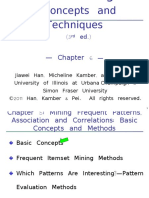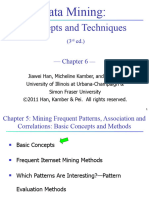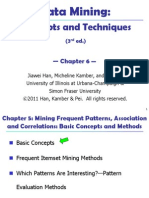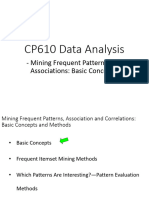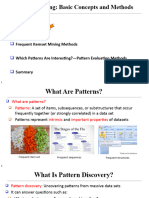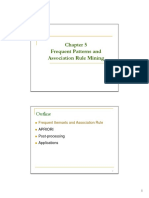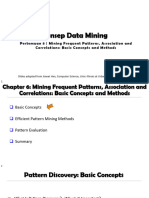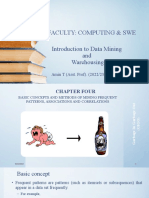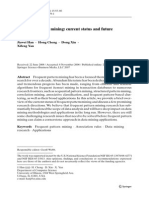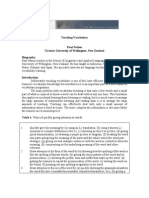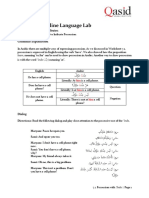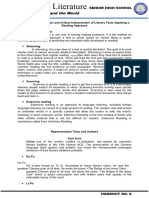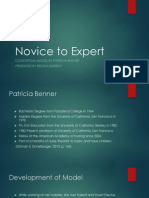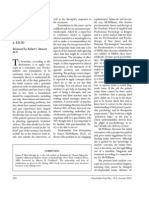0% found this document useful (0 votes)
104 views26 pagesData Mining - : Dr. Mahmoud Mounir Mahmoud - Mounir@cis - Asu.edu - Eg
Uploaded by
Samy MahmoudCopyright
© © All Rights Reserved
We take content rights seriously. If you suspect this is your content, claim it here.
Available Formats
Download as PDF, TXT or read online on Scribd
0% found this document useful (0 votes)
104 views26 pagesData Mining - : Dr. Mahmoud Mounir Mahmoud - Mounir@cis - Asu.edu - Eg
Uploaded by
Samy MahmoudCopyright
© © All Rights Reserved
We take content rights seriously. If you suspect this is your content, claim it here.
Available Formats
Download as PDF, TXT or read online on Scribd
/ 26



